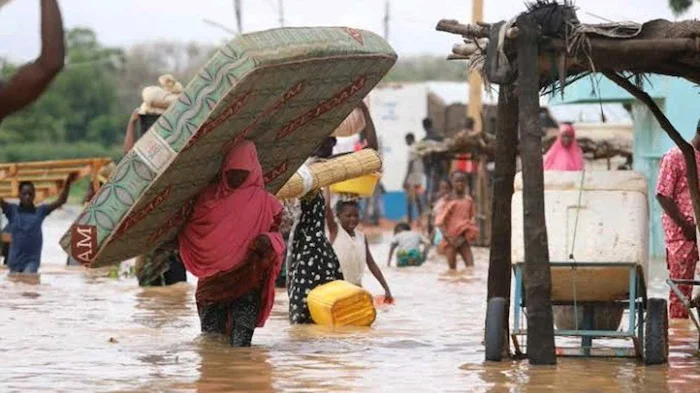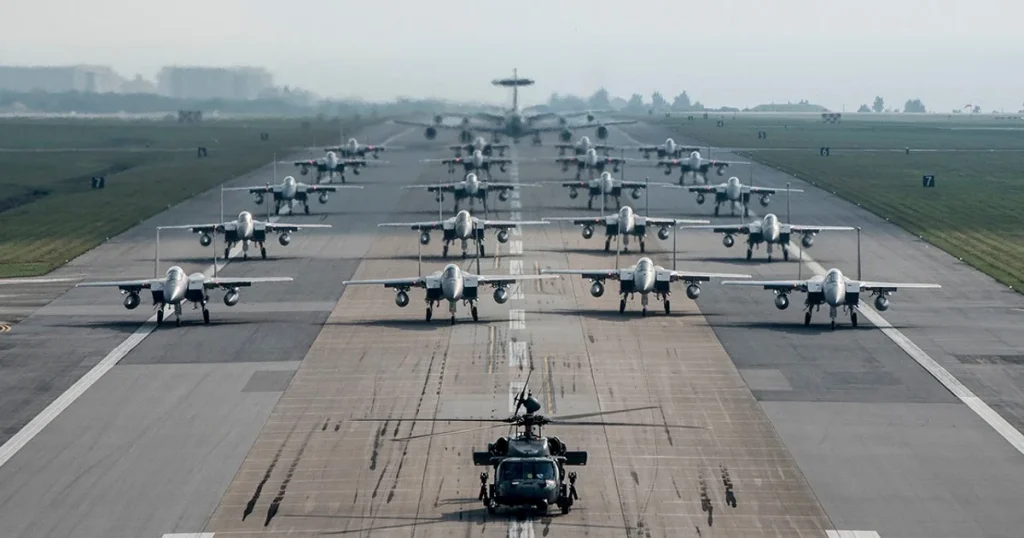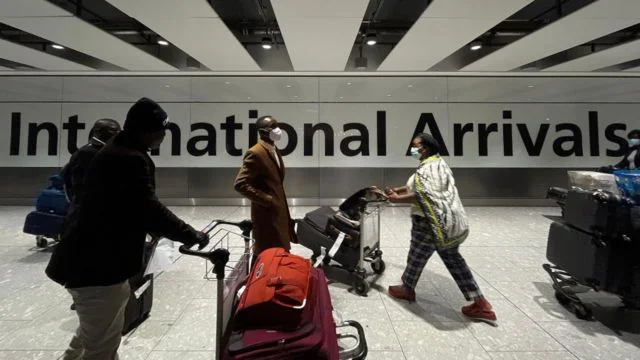Flash floods hit five communities in Yola, Adamawa State, starting July 27, 2025, killing at least 23 people and leaving 11 others missing, according to the UN’s Office for the Coordination of Humanitarian Affairs (OCHA).
The National Emergency Management Agency (NEMA) reported 5,560 people displaced, with many relocated to a camp at Aliyu Mustafa College in Yola, where food, water, and shelter are being provided. Dozens were injured as neighborhoods were submerged, prompting urgent rescue efforts.
Humanitarian Response Underway
NEMA highlighted the critical role of governmental and non-governmental partners in managing the crisis, stating, “Their presence has been significant, contributing to effective humanitarian support.”
OCHA warned of more rainfall and urged residents in flood-prone areas to seek higher ground to avoid further losses. The floods also damaged farmlands, raising concerns about food insecurity in the region.
Are Floods Common in Nigeria?
Flooding is a recurring issue in Nigeria during the rainy season, from June to November, worsened by poor infrastructure and inadequate drainage systems.
Since May 2025, over 200 people have died in floods nationwide, with Niger State hit hardest. In 2024, floods killed over 300 and displaced more than one million across 34 of Nigeria’s 36 states, marking one of the worst flood seasons in decades.
Meteorologists predict more floods this season, with climate change intensifying these extreme weather events.
Broader Impact and Challenges
The Adamawa floods add to Nigeria’s ongoing humanitarian challenges, particularly in the northeast, where conflict and insecurity already strain resources.
The destruction of homes and crops threatens livelihoods, while crowded displacement camps heighten risks of waterborne diseases like cholera.
With 15 million Nigerians at high flood risk in 2025, authorities face mounting pressure to improve infrastructure and disaster preparedness.
Youth Jubilee 2025: Rome Prepares for Massive Catholic Gathering























